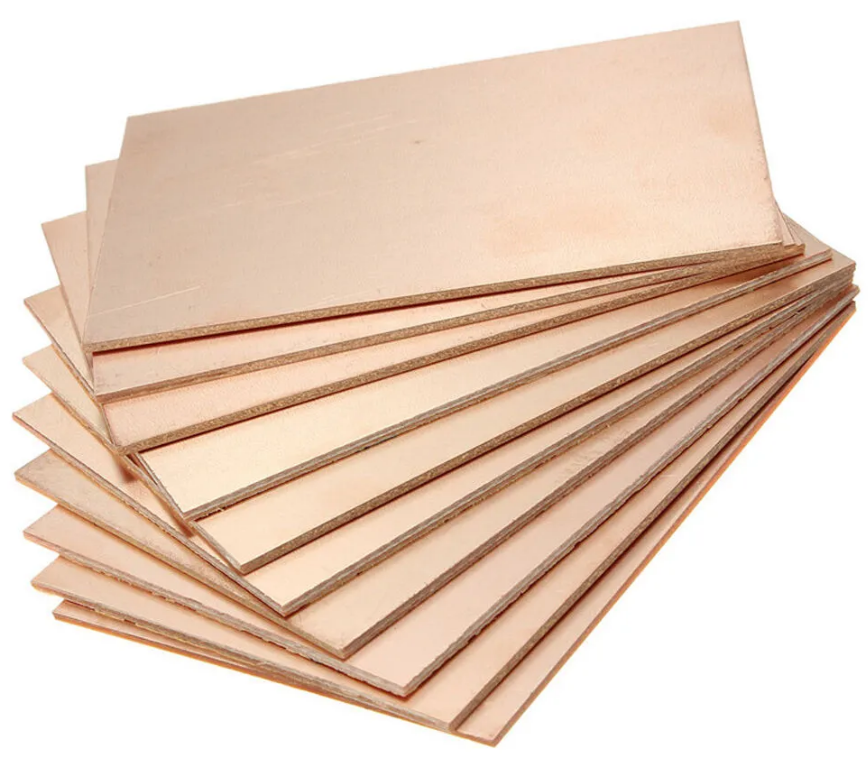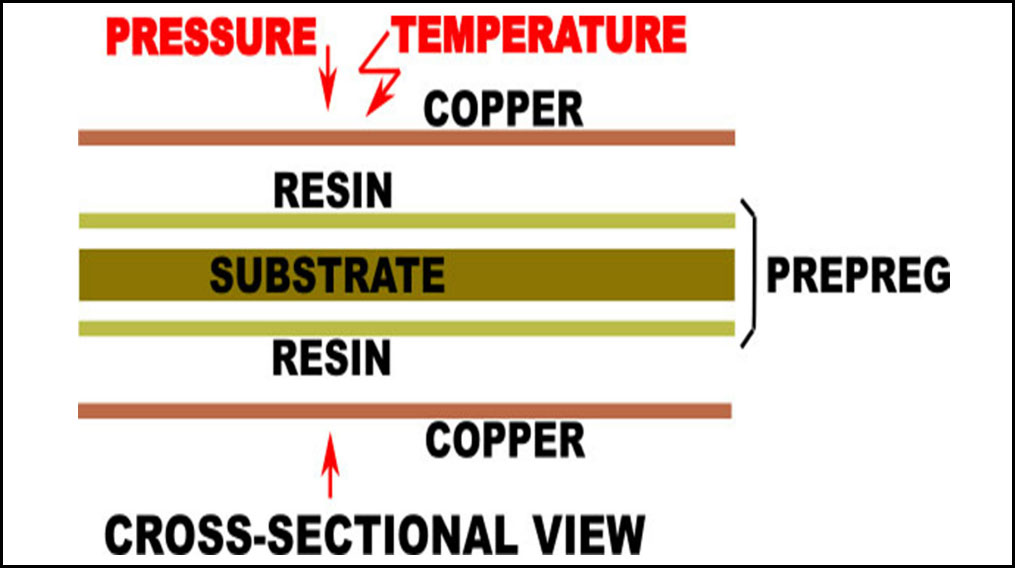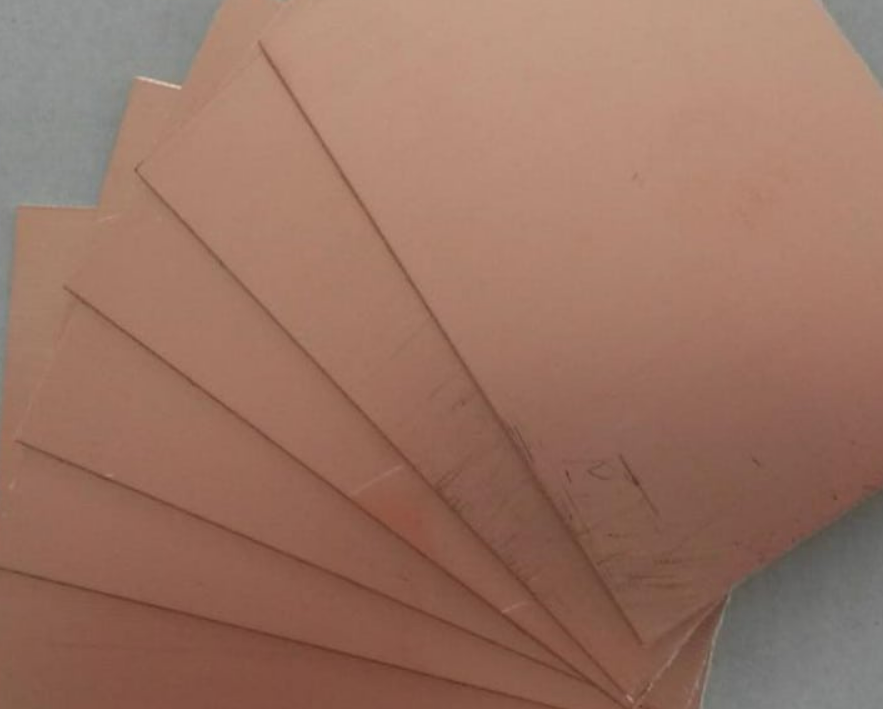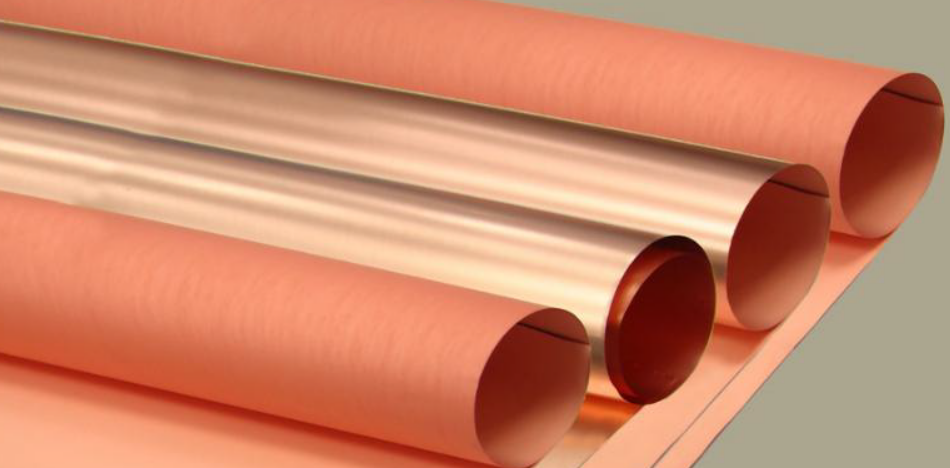
Support Team
Feedback:
support@nextpcb.comThe base material plays a vital role in determining the characteristics and capabilities of printed circuit boards. Depending on the desired use of the product, the PCB base material must meet varying requirements. The industry faces increasingly complex challenges as electronic technology advances, with fiberglass copper-clad laminate (CCL) subject to particularly demanding conditions. This article provides a brief explanation of copper-clad laminate in PCBs, and the factors to consider while selecting CCL.

Copper Clad Laminate (CCL) is the base material of PCB. Bonding a layer of copper foil to a non-conductive substrate, such as fiberglass, plastic, or paper-phenolic made this laminate. The copper layer serves as the conductor for the electrical signals in the PCB, while the substrate provides mechanical support.
Copper-clad combines copper plating with a second metal (core material). Furthermore, they have almost the same properties as copper but aren't 100% copper. Thus, the fusion consists of copper and steel and copper and aluminum. CCL has many applications, from simple circuits to large, complex multi-layer boards.
Copper Clad Laminate in PCB fabrication offers several benefits:
The properties of Copper Clad Laminate in PCBs include the following:
Electrical Conductivity: The copper layer on the CCL provides excellent electrical conductivity for efficient signal transmission.
Thermal Conductivity: Copper is a good conductor of heat, dissipating heat that generates during the operation of the PCB.
Mechanical Strength: The fiberglass base material provides mechanical stability, helping to protect the PCB from damage and ensuring its longevity.
Chemical Resistance: CCL has good resistance to chemicals, making it suitable for use in harsh environmental conditions.
Thermal Stability: CCL has high thermal stability, allowing it to maintain its structural integrity under extreme temperatures.
Flexibility: CCL is flexible, making it suitable for applications where the PCB may be subject to stress or strain.
Surface Finish: The surface of the CCL is smooth and uniform, providing a high-quality finish for the PCB.

Copper Clad Laminates (CCLs) are composite materials of several layers:
Copper foil: This layer provides electrical conductivity and is the primary material used to create the circuit patterns on the PCB.
Dielectric (insulating) material: This layer provides electrical insulation between the copper and base material. Fiberglass or phenolic resin are the base materials for it.
Base material: This layer provides mechanical support and stability to the CCL. It includes fiberglass, paper, or synthetic materials, such as polyimide or polyester.
The type and combination of materials used in CCLs vary depending on the specific application and performance requirements of the PCB. For example, some CCLs may have multiple layers of copper and dielectric material, while others may have additional metal layers or specialized coatings to improve performance.
Some of the applications of copper-clad laminates include:
Printed Circuit Boards (PCBs): CCLs are the base material for PCB fabrication. It provides mechanical support and electrical connectivity for electronic components.
Telecommunications: It is used in telecommunication equipment, such as switches and routers, as it has better electrical and mechanical properties.
Consumer electronics: CCLs are widely used in consumer electronics, such as smartphones, laptops, and televisions. They provide a reliable and cost-effective solution for interconnecting electronic components.
Power Electronics: It is used in high-power applications, such as inverters, converters, and power supplies. They provide high thermal stability and electrical insulation properties.
Aerospace and Defense: CCLs are used in aerospace and military applications, such as aircraft and spacecraft, due to their durability and ability to withstand harsh environmental conditions.
Medical devices: It is used in medical devices, such as implantable pacemakers and defibrillators.
There are two types of Copper Clad Laminates:

Rigid Copper Clad Laminate (RCCL) is a type of Copper Clad Laminate that manufacture rigid PCB. It uses laminating a layer of copper foil to a rigid core material such as fiberglass-reinforced epoxy resin or phenolic resin.
RCCL has higher mechanical strength. This makes it suitable for applications where the PCB needs to withstand high stress and pressure. The increased stiffness and stability of RCCL also make it ideal for use in high-density, high-speed, and high-frequency circuits. The high mechanical strength, stiffness, and stability make this material popular. This makes it an ideal choice for applications that require robust and reliable PCBs.

Flexible Copper Clad Laminate (FCCL) is a type of Copper Clad Laminate that manufacture flexible PCBs. It uses laminating a layer of copper foil to a flexible core material such as polyimide or polyester film. FCCL has flexibile and conformable nature. This makes it suitable for applications where the PCB needs to be bent or curved. The flexibility of FCCL allows for applications where traditional rigid PCBs are not flexible.
There are various factors to consider while selecting copper-clad laminates. Some of the primary factors include:
Electrical Performance: The electrical performance of the CCL, including its conductivity and dielectric properties, is essential for the efficient transmission of signals.
Mechanical Stability: The mechanical stability of the CCL, includes its flexibility, dimensional strength, and resistance to damage. It is essential for the longevity and reliability of the PCB.
Thermal Stability: The thermal stability of the CCL is essential for the reliability of the PCB, especially in high-temperature applications.
Chemical resistance: The chemical resistance of the CCL is essential in harsh environmental conditions.
Cost: The cost of the CCL is an essential factor in the overall cost of the PCB.
Manufacturing processes: In the manufacturing process used to produce the CCL, consider its thickness, surface finish, and customizability.
Environmental requirements: Consider the environmental requirements of the application, including flame resistance and toxicity.
Thus, copper-clad laminates (CCL) are a vital component of printed circuit boards and play a critical role in determining the performance and application of the PCB. As the demand for advanced electronic technology grows, CCLs are increasingly subject to more extreme conditions, requiring the industry to push the limits of their capabilities.
Need your own customized PCB?
NextPCB offers all the PCB services. We promise product safety and we are a certified PCB service organization. To learn more about our services, you can request a quote by providing the required Gerber files. Feel free to contact us if you want to know more details about our services.
> Recommend reading: PCB Manufacturing Basics: Design, Fabrication, Testing, and Compliance
Still, need help? Contact Us: support@nextpcb.com
Need a PCB or PCBA quote? Quote now